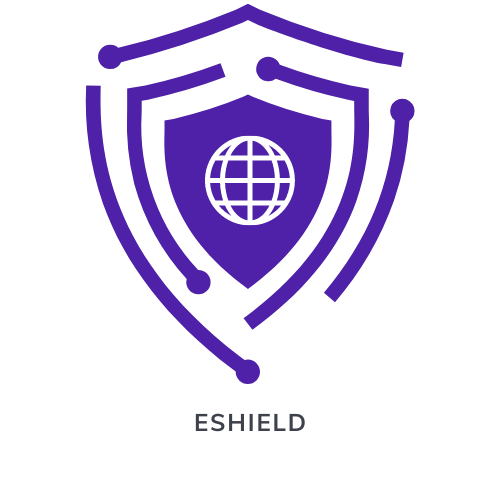Table of Contents
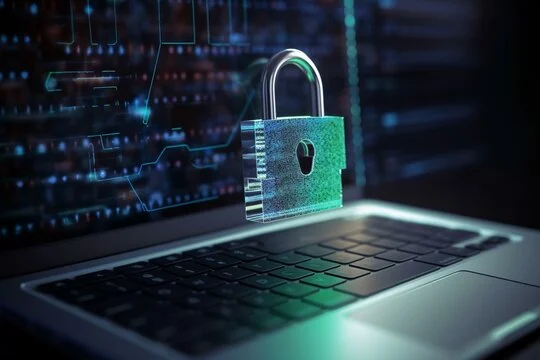
information security services in UAE
information security services in UAE
In today's digital age, protecting sensitive data and ensuring robust cybersecurity measures have become vital for businesses worldwide. The UAE, as a global business hub, faces constant cyber threats. To
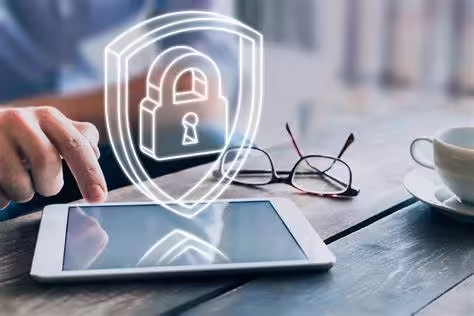
What are the Factors Affecting App Security Costs?
What are the Factors Affecting App Security Costs?
Table of Contents Employee negligence can have far-reaching consequences when it comes to application security. The impact of negligence on security measures within a business can be significant, often leading
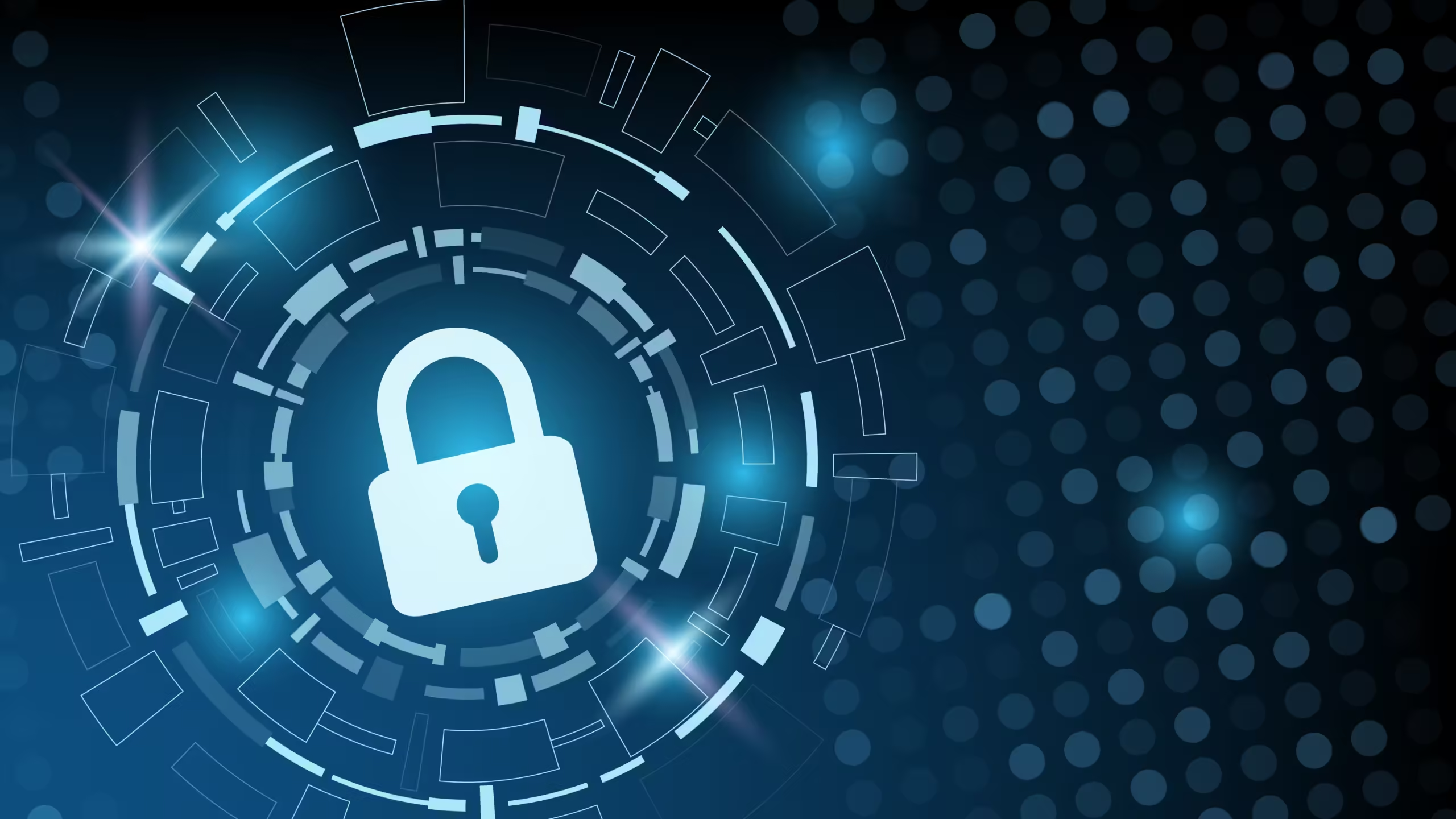
Securing Your Network with DDoS Attack Detection Systems
Securing Your Network with DDoS Attack Detection Systems
Table of Contents Distributed Denial of Service (DDoS) attacks are a malicious attempt to disrupt normal traffic of a targeted server, service, or network by overwhelming it with a flood

How to Choose the Best Cybersecurity Company in Saudi Arabia
How to Choose the Best Cybersecurity Company in Saudi Arabia
Table of Contents Cyber Security Cybersecurity General new tech News Security Useful How to Choose the Best Cybersecurity Company in Saudi Arabia Cyber Security Cybersecurity General new tech Unveiling the

Unveiling the Next Generation of MDR Security
Unveiling the Next Generation of MDR Security
What is MDR and How Does it Impact Cybersecurity in the UAE?Understanding the Basics of MDRManaged Detection and Response (MDR) is a proactive approach to cybersecurity that focuses on continuous
Pages
- About Us
- Vulnerability Assesment & Penetration Testing
- UAE Data Privacy
- KSA PDPL implementation and Fines
- Continuous Monitoring in Cybersecurity | Cyber Security Monitorring
- Empower Your Business with VCISO Services
- Soc Services
- Cyber Technology
- Security Assessments
- Audit and Compliance
- service
- India
- Cyber Security Framework SAMA
- Training & Skill Development
- Australia
- NESA Audit
- SOC2 Audit
- UAE
- Qatar
- Saudi Arabia
- Geographies
- Privacy Policy
- Penetration Testing
- Managed SOC Services
- Threat Hunting
- Digital Forensics
- Malware Analysis
- Cloud Security
- Incident Handling And Monitoring Services
- Red Team Assessments
- Mobile Application Audits
- Data Privacy
- ISO 27001
- Cyber Security Expert
- Vulnerability Assessment
- Application Security Auditing
- PCI DSS Compliance
- Privacy Policy-old
- Contact
- Blog
- Home
Data security is a critical component in the digital age, encompassing the practice of safeguarding sensitive data from unauthorized access, data breaches, and data loss. It involves implementing security measures to protect data integrity, confidentiality, and availability.
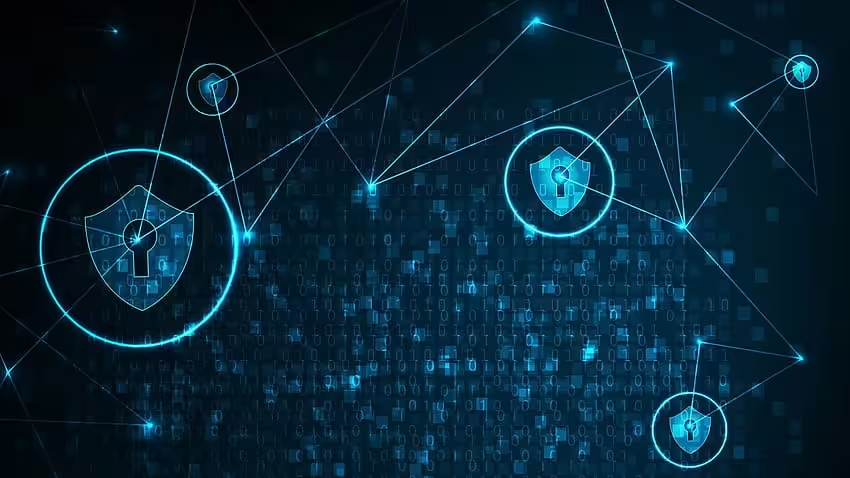
What is Data Security and Why is it Important?
Definition of data security
Data security refers to the practice of securing digital data from unauthorized access, corruption, or theft throughout its lifecycle. This includes implementing security measures such as encryption, access controls, and authentication mechanisms to protect sensitive information.
Importance of data security
Data security is essential to safeguard sensitive information, maintain customer trust, comply with regulations, and prevent financial losses. Without robust data security measures in place, organizations are vulnerable to data breaches, which can have severe consequences for their reputation and operations.
Risks to data if not secured
If data is not adequately secured, it can be exposed to various risks, including unauthorized access, data manipulation, data loss, identity theft, and financial fraud. Data breaches can result in significant financial losses, legal penalties, and reputational damage for organizations.

Types of Data Security Solutions
Common types of data security
Some common types of data security solutions include access controls, firewalls, antivirus software, intrusion detection systems, and encryption techniques. These solutions help protect data from external threats and ensure its confidentiality and integrity.
Data encryption and its role
Data encryption is a method of encoding data to prevent unauthorized access. By encrypting sensitive data, organizations can ensure that even if data is intercepted, it remains unreadable without the decryption key. Encryption plays a crucial role in protecting data both at rest and in transit.
Data masking and its benefits
Data masking involves hiding or obfuscating sensitive information within a dataset to protect its confidentiality. By masking data, organizations can safely use and share information for testing, development, or analytics purposes without exposing sensitive details.
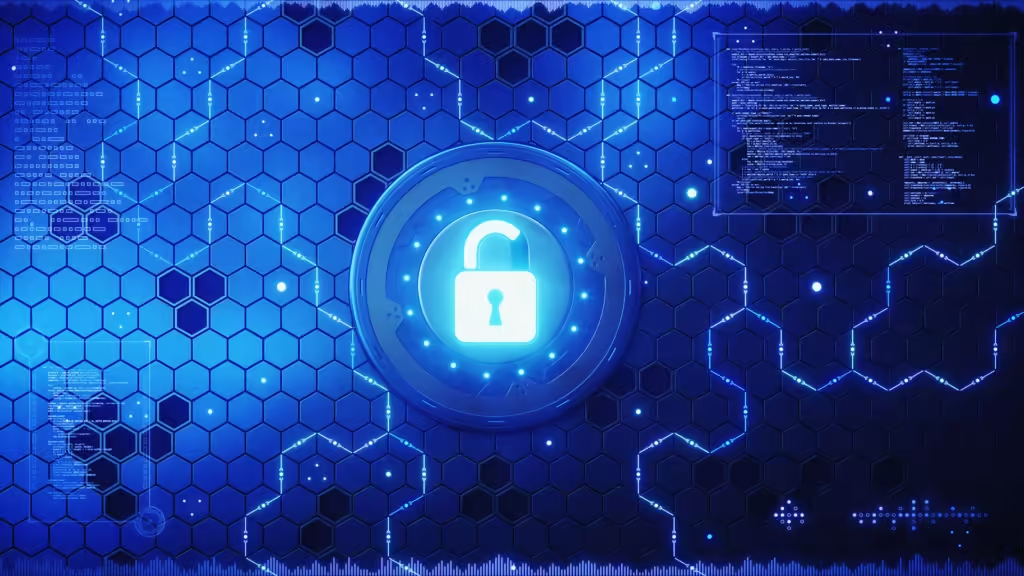
Data Security Best Practices to Follow
Implementing data protection protocols
Organizations should establish data protection protocols that define how data should be handled, stored, and transmitted securely. This includes implementing access controls, encryption, regular security assessments, and incident response plans to mitigate data security risks.
Data backup strategies
Creating regular data backups is essential to ensure data availability and resilience against data loss incidents such as hardware failures, cyberattacks, or natural disasters. Organizations should maintain secure and encrypted backups stored in offsite locations to mitigate risks.
Importance of data erasure procedures
Data erasure procedures are crucial for securely disposing of data that is no longer needed or relevant. By permanently erasing data from storage devices using secure deletion methods, organizations can prevent data breaches and comply with data privacy regulations.

Understanding Data Privacy and General Data Protection Regulations
Data privacy laws and compliance
Data privacy laws regulate how personal data should be collected, processed, stored, and shared. Organizations must comply with data privacy regulations such as the General Data Protection Regulation (GDPR) to protect individuals’ privacy rights and prevent misuse of personal data.
Key elements of the General Data Protection Regulation (GDPR)
The GDPR mandates strict requirements for organizations handling personal data, including obtaining consent for data processing, implementing data security measures, appointing a Data Protection Officer, and reporting data breaches within specific timelines. Non-compliance with the GDPR can result in substantial fines.
Handling personal data securely
Organizations should prioritize safeguarding personal data by implementing robust data security controls, conducting privacy impact assessments, providing data subject rights, and ensuring transparent data processing practices. Secure handling of personal data builds trust with individuals and enhances data privacy.

Technologies and Tools for Secure Data Management
Data encryption and key management
Data encryption technologies such as symmetric and asymmetric encryption algorithms, along with robust key management practices, are essential for protecting data confidentiality. Proper key management ensures secure generation, storage, distribution, and rotation of encryption keys.
Data loss prevention strategies
Data loss prevention (DLP) solutions help organizations monitor, detect, and prevent the unauthorized transmission of sensitive data outside the network. DLP tools use content inspection, contextual analysis, and policy enforcement to prevent data leakage incidents.
Addressing insider threats through information security
Organizations should implement information security measures to mitigate insider threats posed by employees, contractors, or third parties. By monitoring user activities, implementing access controls, and conducting regular security awareness training, organizations can prevent data breaches caused by insider actions.
